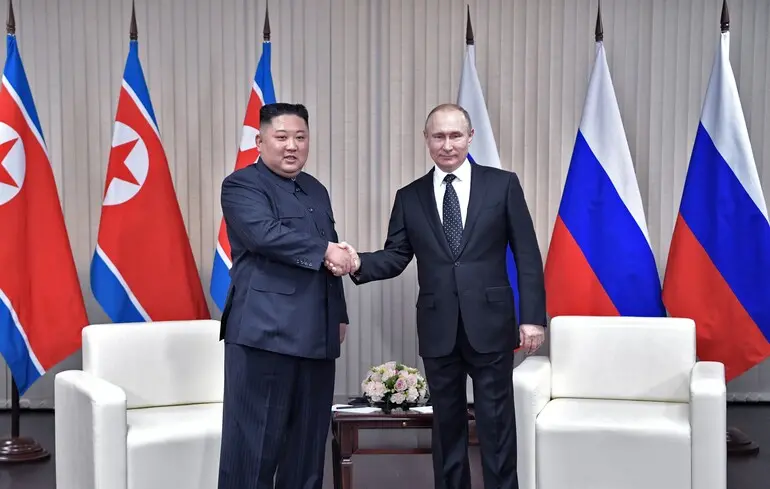Ukraine at the Crossroads of New Challenges: Military Movements, Diplomatic Maneuvers, and Strategic Trends

The global stage is once again witnessing an increase in tension and geopolitical rivalry, especially in connection with upcoming military parades, diplomatic visits, and strategic alliances.
One of the key events is the preparation for a grand military parade in China scheduled for September 3 in Tiananmen Square, Beijing.
Over twenty international leaders are expected to participate, including Kim Jong Un and Vladimir Putin — marking, for the first time in recent years, their joint public appearance with China’s leader Xi Jinping.
This move symbolizes collective resistance against the West and serves as a display of strength and unity on the world stage.
According to official reports, delegations will include authoritarian regimes such as Belarus, Iran, Indonesia, Serbia, and Myanmar, as well as North Korea’s deputy foreign minister, Min Aun Hlaing.
This demonstration holds strategic importance for China, which aims to showcase its military capabilities and expand its global influence, while reaffirming support for Russia and North Korea, currently under Western sanctions.
The event underscores China’s desire to position itself as a dominant global power, displaying advanced weaponry, including hypersonic systems and modern missile defense systems, part of its comprehensive military modernization program.
The display of military might is further set against a backdrop of international political drama, given the absence of Western leaders except for Slovakia’s prime minister, Robert Fico.
Amid these developments, China seeks to outmaneuver the United States and other Western countries not only militarily but also through economic and technological superiority.
Additionally, Beijing plans to deepen cooperation with Moscow and Pyongyang, circumventing sanctions and expanding strategic alliances.
These escalating partnerships are driven by mutual interests in military aid and energy supplies.
Meanwhile, China addresses internal challenges, including managing the rapid growth of military power, social stability, and economic hurdles.
Observers highlight that this largest parade in recent years vividly illustrates China’s ambition to become a global hegemon and reshape the international order, with significant implications for the future of the 21st century.

